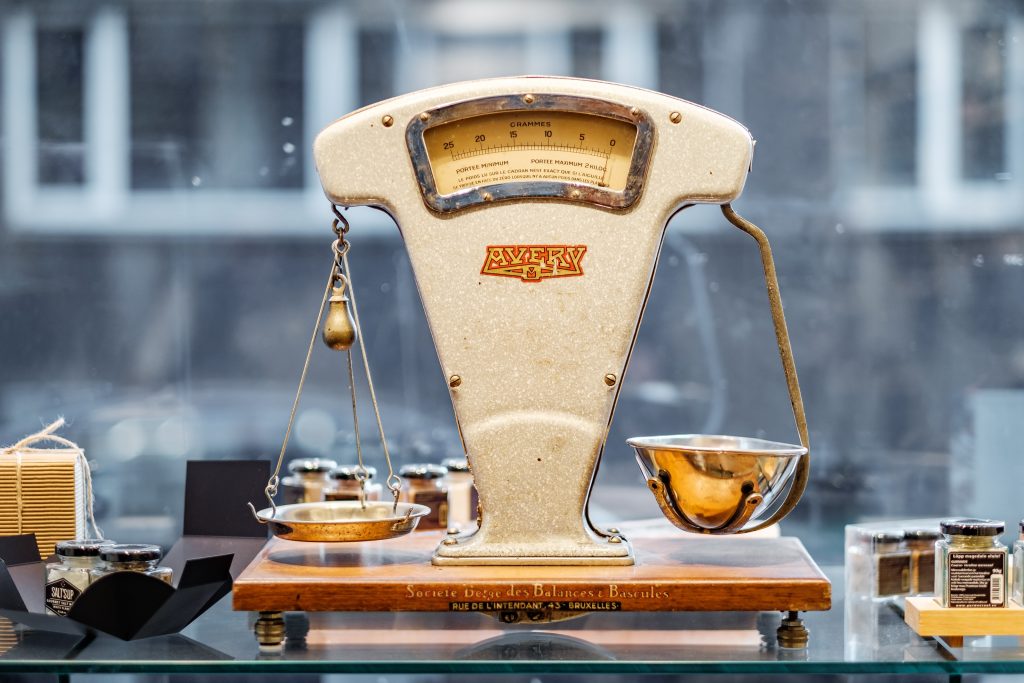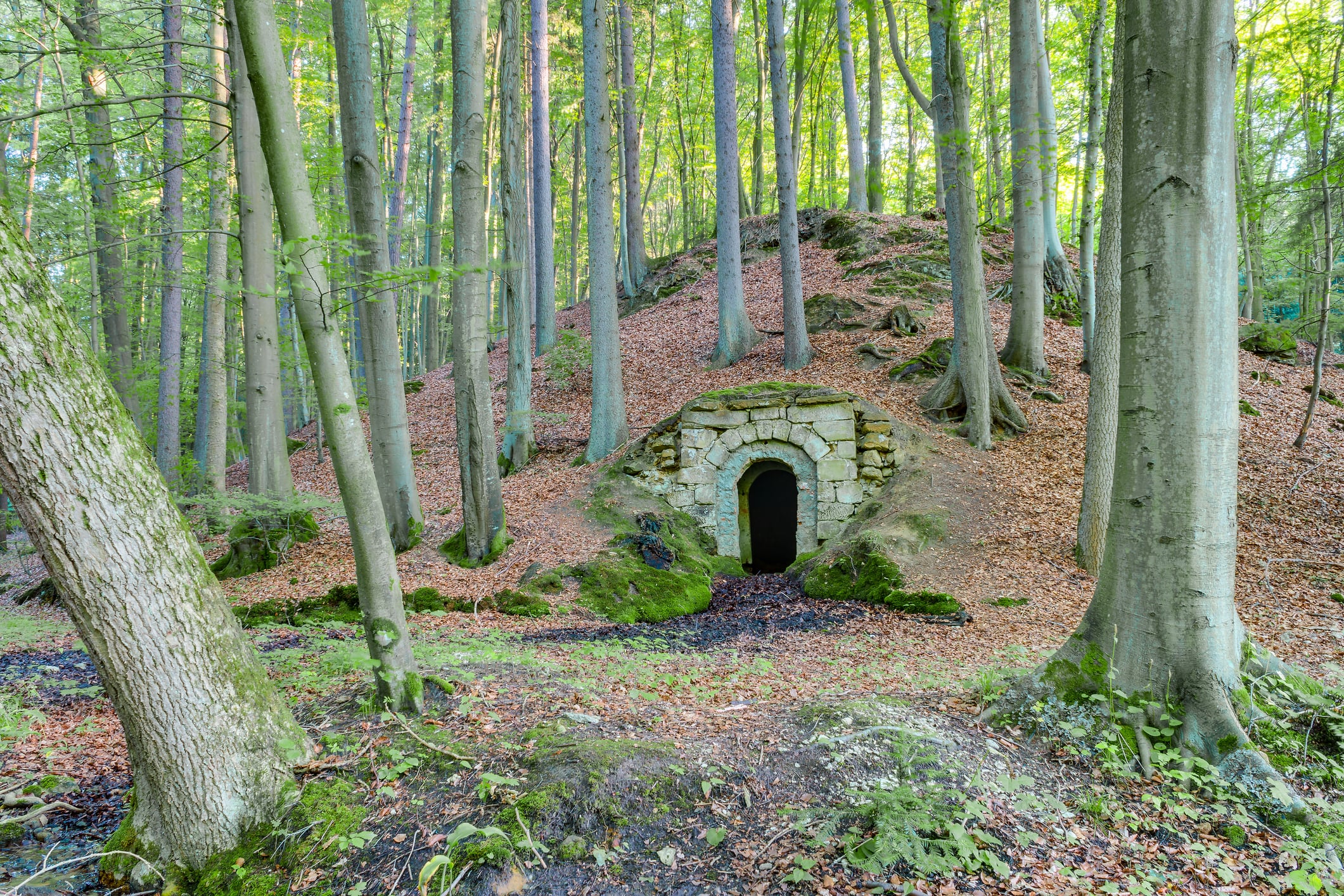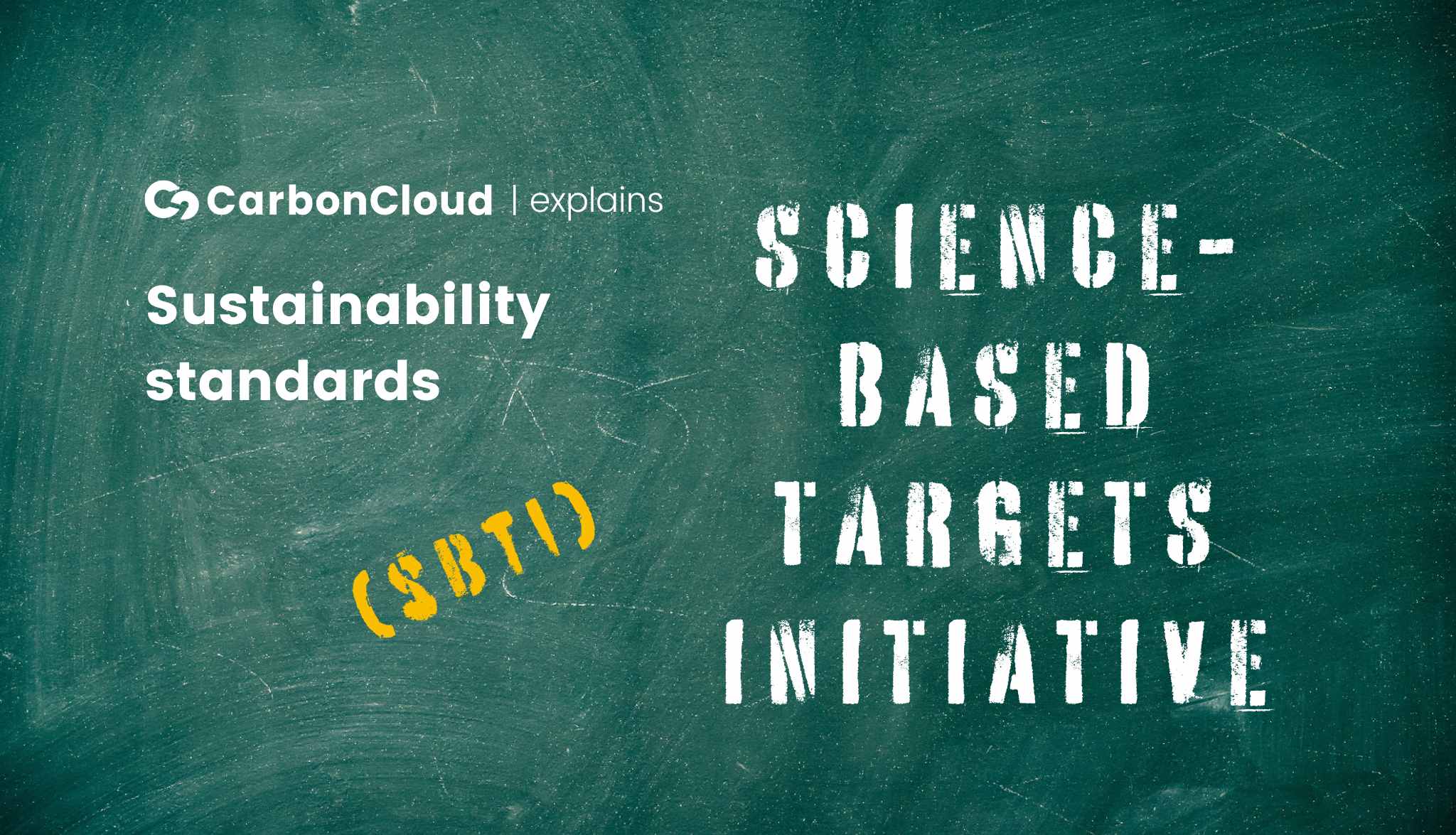There and back again: The history of offsets by Mark Trexler, the Ph.D. of the first offset project
We may now see concepts like “carbon neutrality”, “net-zero” and “carbon offsets” and not even flinch or wonder what it is. But sometimes tracing the path of common practice is even more illuminating than defining or explaining it. To give you a complete understanding of carbon offsets, we interviewed Mark Trexler. Mark is the expert involved in the first carbon offset project in 1988. Today he walks us through how offsets started, how the national market was created, and what is going on in today’s voluntary carbon offset market.
Mark Trexler, Ph.D. is a leader in climate change mitigation. He has over 30 years of experience in advising companies on climate change mitigation and supporting them with climate change knowledge access. Mark has served as lead author and chapter editor at the IPCC report, and stands behind Climatographers, a hub of valuable climate knowledge for businesses.
However, it was Mark’s past that made us approach him to discuss the past and present of carbon offsets. Mark was part of the team that developed the first-ever carbon offset project in 1989 and has since followed through with the development of carbon offsets from the first project to the national and voluntary market of today. So there is no better person to provide insights into the carbon offset market of tomorrow.
"There are two reasons for the offset market to exist. One is to reduce compliance costs or reduce mitigation costs. The other reason is to mitigate climate change. Those two cannot be maximized both at the same time."
CHAPTER 1: The first carbon offset project
The first carbon offset was an avoided deforestation project and part of a climate, energy, and pollution program by the World Resources Institute (WRI) in collaboration with Applied Energy Services, an energy company now called AES. Mark was called in to develop the methodology of the program and bring in his academic background.
Mark recalls:

Applied Energy Services was building a whole series of small coal-fired power plants around US. The CEO at the time of Applied Energy Services was already concerned about climate change and the environment, but he could not figure out any other business model for his power plants other than coal. So he approached WRI to see if there was something they could do to deal with the emissions.
This initiative is what led to the idea of and the choice of the first carbon offset project. I was basically brought in to develop the methodology for how to quantify that project. My prior academic work involved international wildlife trade. At the time, I didn't know anything about climate change or carbon offsets.
It was the first avoided deforestation carbon offset project. The whole idea was very simple. If you can help landowners and farmers stay on their land and make it more productive through agroforestry techniques without versing into natural forests to plant new crops, then you claim the carbon in the natural forest that you saved. These projects are now the biggest category and quite contentious.
That first methodology was pretty basic. The offsets that we calculated ended up being 2-3 cents a ton – not particularly realistic by today's standards. The verification variables we know today already existed for other commodities and used by other regulatory programs. We wanted to do a good project and a good methodology and we learned a lot about the challenges of doing that.

As Mark goes on to tell us, that project was ripe with learnings and the initiative from the founding company was later put on ice.
There really was no business case for this at all, this was basically environmental philanthropy. The team realized that it was going to be quite difficult for them to be at the same time be responsible to the farmers and to the company funding the project. Applied Energy Services actually left the carbon market for a number of years, acknowledging that they don't want to be in the situation where there is a conflict of obligations. It was an early example of how challenging these kinds of projects can be.
- There are different types of offset projects?
- Yes, but fear not! We got them covered here
CHAPTER 2: Offsets go national – Kyoto Protocol & UNFCCC
In 1997, the United Nations Framework Convention on Climate Change entertained the business case of carbon credits at a national level.
Mark narrates:
UNFCCC and the Kyoto protocol tried to find the cheapest possible ways to achieve national targets. The idea was to be able to buy credits from other places around the world where it might be cheaper to reduce emissions. The industrialized countries wanted a source of cheaper emissions reductions so they didn't have to really do very much in their country, and the developing countries wanted a source of revenue. As a concept, the business case was that it was a Win-Win.
The concept developed into the scheme known as Clean Development Mechanism (CDM). CDM projects crystallized the criteria for carbon credits as we know them in today’s voluntary market. However, major challenges and cases of corruption became so prevalent that the scheme collapsed in 2012 amidst a credit price crash that led to “carbon panic”.
"Few studies tried to quantify the performance of the CDM and concluded that probably less than 1% of the projects were “clearly additional” and less than 10% of the credits were “in all likelihood” additional"
CHAPTER 3: The emersion of the voluntary market
Throughout our research on the history of carbon offsets, we came across the same pattern: Entities venturing into carbon offset projects with the best intentions and a win-win mentality, only to come across the same challenges, acknowledge them and put their good intentions and investments in more effective strategies. So how is it that the voluntary carbon market is still alive and kicking? We saw no one fitter to answer this question than Mark.
There are two potential reasons for this market to exist. One is to reduce compliance costs or reduce mitigation costs so that countries and companies can say they are taking action or they are “net zero” at the lowest possible cost. The other reason to have a carbon offset market is to mitigate climate change. Those two cannot be maximized both at the same time.

Ideally, they would both be balanced in the design of the market. In the existing market, the power is in minimizing costs and there's no one at the negotiating table really representing Mother Nature and climate change mitigation. Most people probably don't even realize that that's something that we need to do; they just assume that the two can be done at the same time, but you can't be delivering carbon offsets for $1 or $2 a time and expect to really mitigate climate change.
It seems like even the buyers with the intention to represent climate change mitigation don’t get to have a seat at the table because the conversation is happening somewhere else: The voluntary offset market delivering the credits is designed at the project level.
Mark uses an analogy to explain:
Think of the legal system in the United States. You have jury, a prosecutor, and a defense attorney. There's no way to have a perfect system and of course, the jury can make mistakes. To balance these two possible errors, we have designed the system to make it a lot harder to find an innocent person guilty than a guilty person innocent.
The offset system is designed in a way where there is no prosecutor. The only person presenting the case is a defense attorney, in this case the project proponent proposing the project. The jury has a financial interest in approving the project in terms of the standards organizations.
The system is set up in a way where climate change mitigation is simply much less important than the maximum quantity of projects, tons and minimum prices. Then consumers in this market have no reason to spend $500 on an offset if they can buy an officially approved offset for $2.00. The system could balance them, but it has basically chosen not to."
CHAPTER 4: Can the voluntary offset system do better?
There’s gotta be a better way. Yes, there is, and Mark is vouching for a score systems. He goes on to explain why the voluntary offset market is not choosing to do better even though it can:
The way that I would like to see at least some progress made is by implementing scoring systems that would give offset buyers a lot of information in terms of quality. Projects can get scores as some way of knowing if what you are buying is a 100/1,000 or a 700/1,000.
When I was at Eco-securities 12-13 years ago, my team and I developed the first scoring methodology focusing just on the key criteria, additionality, permanence, and leakage. We made sure that you only get a high score if you're doing well on all three. Some people in the company saw it as a huge competitive advantage. Others thought it was a terrible idea because many of the offsets would score very poorly, and it wouldn’t help their market at all. So it was never used and it has never been used since then for the same reason.
What are the key criteria for quality offsets?
Here are the requirements that determine the quality of carbon offset projects.
So is there anywhere the buyers can turn to fix the offset system? According to Mark, policy is the most effective way.
We often talk about the issues with offset projects as if they were technical problems that technical people can solve but in reality they are policy issues. Are we trying to get the highest quality offsets? It's not a technical decision, it is a policy decision and policymakers have never tried to answer that question. Using that trial analogy, for this to really work, the system needs a prosecutor challenging a project before it is approved. And you would ideally want the jury to not have a financial interest in approving the project.
The history of carbon offsets can show us a probability how a regulated market may pan out. Mark exemplifies with the CDM.
In CDM under the Kyoto Protocol, there was arguably a prosecutor in terms of public comment. Even then, relatively few studies tried to quantify the performance of the CDM and concluded that probably less than 1% of the projects were “clearly additional” and less than 10% of the credits were “in all likelihood” additional. Even with big bureaucracy, a regulated market, a lot of work, a costly process, the research suggests that the job was done quite poorly. It just illustrates how difficult this ruling is to do.
CHAPTER 5: How can the voluntary offset buyers do better?
"Companies should be doing a lot more due diligence today and ultimately, they really should be helping make public policy happen more than they focus on carbon neutrality"
Looking at the financial growth of the voluntary offset market, there is clearly a demand for climate change mitigation. Most actors, particularly in the food industry, even proclaim that it is impossible for them to be carbon neutral or hit net-zero targets without offsetting. When it comes to an industry eager to decarbonize, what can decision makers do?
To start with, companies should really consider thinking about an alternative to carbon neutrality because at the company level it is a pointless exercise – it is a PR initiative and it encourages people to cheat or focus on the wrong things. All sorts of companies could be net-zero and it would have no impact on climate change.

Carbon neutrality needs to be at the societal level, and the role of companies is to help advance societal net-zero. We need public policy to change and the systems to change. How will we ever come up with a business model that results in decarbonization when carbon is not being priced? The idea that we can build a business case for decarbonization when nothing has changed in our decision-making framework – I don't see how that works. We need policy to make emissions reductions and decarbonization plans possible. We need to incentivize or force the industry to do things differently.
As an action, companies can go for carbon contribution claims, funding projects that reduce emissions, without claiming offsets or credits. Larger companies should be doing their own due diligence. This is one of the things I am doing today: Due diligence on offset projects with a standardized report that implements the scoring system so that people can know what they're buying. Companies should be doing a lot more due diligence today and ultimately, they really should be helping make public policy happen more than they focus on carbon neutrality.
And when companies get a seat on the policy table, what should they ask for? Mark explains his proposal:
A carbon tax has been almost impossible except for some of the Nordic countries. Politically it is much easier to make a carbon price implicit: It generates less opposition and gets us pretty much to the same place. But mostly we need incentives more than mandates and keep the mandates to ensure that the technologies are implemented. We really need predictable policy. It doesn't have to be necessarily hugely impactful today or tomorrow, but it must be predictable so companies can plan around it and companies that acted early are not penalized.
As Mark has also pointed out in the Climate Now podcast, “net zero makes sense on a societal level” and that kind of shift needs to go through policy. The global society has dropped “net-zero” on corporations and to their credit, corporations have valiantly picked up the challenge. But it is a dead-end quest, even for the voluntary carbon offset market.
Even if the ten largest food companies ventured to claim net-zero now, by offsetting their entire footprint with the current carbon offset market, there aren’t enough credits to cover them. Even if there were enough credits to cover them, the cost would amount to tens of millions of dollars.
In the final article of our offsetting series, we dissect this business case for offsets – price and inventory. Check it out!
Get the full offsetting crash course
The story you are reading is part of a four step crash course in offsetting for food companies. Sign up below to get the other three parts!
Related Posts
Can a product be “carbon neutral”?
If the life cycle of a product leads to a net release of greenhouse gases, the product should not be referred to as “climate neutral” even if the emissions are compensated for with carbon offsets.
Sustainability Standards Explained: SBTi
SBTi is the Pete Davidson of Sustainability Standards: rapidly and consistently up-and-coming, charming and approachable, a must-have for aspirational influencers, and fresh in the mainstream. Today w
A walk in Stockholm with George Monbiot: How do we Reboot Food?
George Monbiot is one of the most influential environmental voices in the world, with a clear, factual message and a dedicated following – us at CarbonCloud included. George has a number of titles t
The net-zero transformation is data-driven
Tackling climate change is complex and change leaders often remark that there is no silver bullet. At CarbonCloud we not only agree with this point; we actively engage with it. But something comes dar







